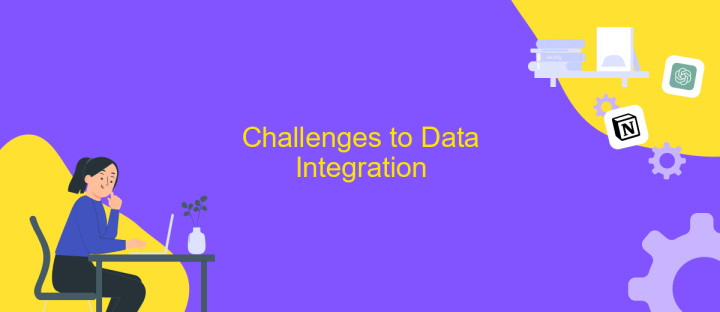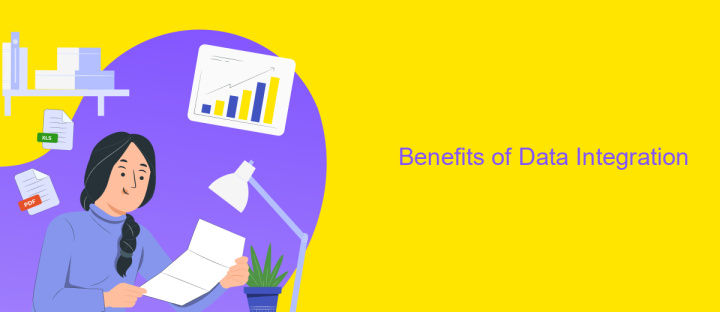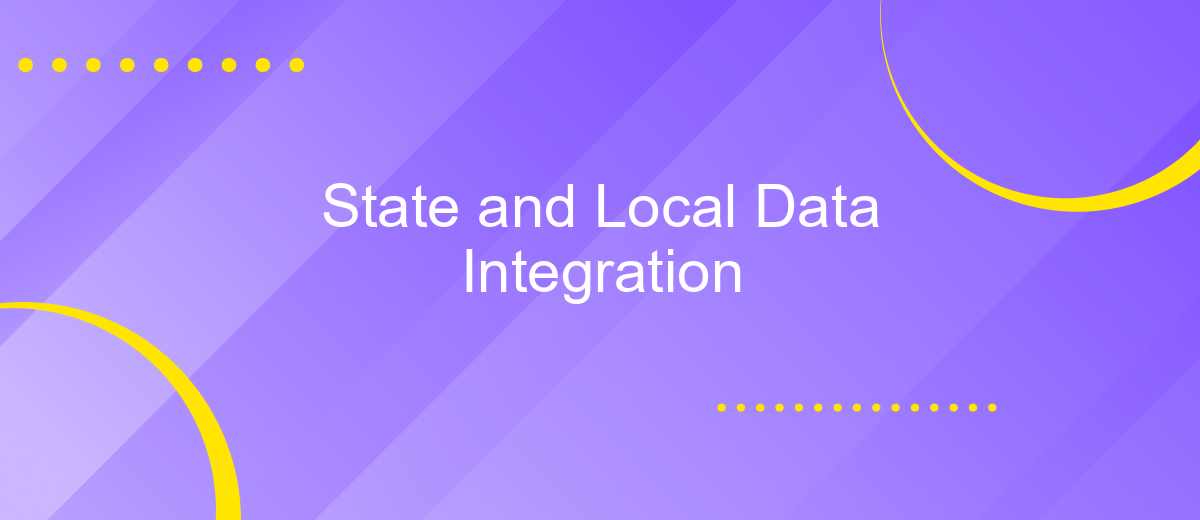State and Local Data Integration
State and local data integration is critical for enhancing public services and ensuring efficient governance. By seamlessly combining data from various sources, governments can make more informed decisions, streamline operations, and improve transparency. This article explores the benefits, challenges, and best practices associated with integrating state and local data, highlighting its importance in fostering a more connected and responsive public sector.
Introduction
State and local data integration is a critical process for enhancing the efficiency and effectiveness of public services. By seamlessly merging data from various governmental levels, agencies can make more informed decisions, improve resource allocation, and foster greater transparency. This integration not only streamlines operations but also enables a more holistic view of community needs and trends.
- Improved decision-making through comprehensive data analysis
- Enhanced resource allocation and management
- Increased transparency and accountability
- Better identification of community needs and trends
Despite its numerous benefits, achieving seamless state and local data integration presents significant challenges. These include issues related to data privacy, interoperability of different systems, and the need for standardized protocols. Addressing these challenges requires a collaborative approach involving multiple stakeholders, including government agencies, technology providers, and community organizations. Through such collaboration, the potential of integrated data to transform public services can be fully realized.
Current Data Integration Initiatives

State and local governments are increasingly recognizing the importance of data integration to enhance decision-making and improve public services. Various initiatives are underway to streamline data sharing across departments and jurisdictions. For instance, many states are adopting centralized data platforms that allow different agencies to access and share information seamlessly. These platforms often include real-time data analytics capabilities, which enable quicker response times and more informed policy-making.
One notable example is the use of ApiX-Drive, a service that facilitates the integration of various data sources without requiring extensive technical expertise. ApiX-Drive allows state and local governments to connect multiple applications and automate data workflows, significantly reducing manual data entry and the risk of errors. This service supports a wide range of integrations, making it easier for government agencies to collaborate and share information effectively. By leveraging such tools, states and localities can enhance their data integration efforts, leading to more efficient and transparent governance.
Challenges to Data Integration

Integrating state and local data presents several challenges that can hinder the seamless exchange and utilization of information. These obstacles often stem from differences in data formats, governance policies, and technological infrastructures, which can complicate the process of creating a cohesive data ecosystem.
- Data Standardization: Variability in data formats and standards across different jurisdictions can lead to inconsistencies and difficulties in merging datasets.
- Privacy and Security Concerns: Ensuring the protection of sensitive information while sharing data between state and local entities is a significant challenge.
- Technological Disparities: Differences in technological capabilities and resources between state and local agencies can create barriers to effective data integration.
- Governance and Policy Misalignment: Divergent policies and regulations regarding data usage and sharing can impede collaborative efforts.
- Resource Constraints: Limited funding and staffing can restrict the ability of agencies to invest in necessary data integration tools and processes.
Addressing these challenges requires a concerted effort to establish common standards, enhance cybersecurity measures, align policies, and allocate sufficient resources. By overcoming these obstacles, state and local governments can achieve more effective and efficient data integration, ultimately improving public services and decision-making processes.
Benefits of Data Integration

Integrating state and local data offers numerous advantages, enhancing the efficiency and effectiveness of public services. By combining datasets from various sources, governments can gain a comprehensive view of community needs and trends, enabling more informed decision-making and resource allocation.
Data integration also fosters collaboration between different governmental entities, breaking down silos and promoting a unified approach to problem-solving. This interconnectedness allows for more accurate and timely responses to issues, ultimately benefiting the public.
- Improved data accuracy and consistency
- Enhanced ability to track and analyze trends
- Streamlined processes and reduced duplication of efforts
- Better resource management and allocation
- Increased transparency and accountability
Overall, the integration of state and local data is a powerful tool that can drive positive change across various sectors. By leveraging these benefits, governments can create more responsive, efficient, and transparent systems that better serve their communities.
- Automate the work of an online store or landing
- Empower through integration
- Don't spend money on programmers and integrators
- Save time by automating routine tasks
Next Steps for Data Integration
To advance state and local data integration efforts, it is essential to establish a robust framework that ensures data accuracy, security, and accessibility. Stakeholders should prioritize the development of standardized protocols and data-sharing agreements to facilitate seamless communication between various entities. Additionally, investing in advanced data management tools and technologies will enhance the ability to collect, process, and analyze data efficiently.
One practical step is to leverage services like ApiX-Drive, which can automate the integration process between different systems and platforms. This service simplifies the synchronization of data, reducing manual intervention and minimizing errors. By incorporating such solutions, state and local agencies can achieve more cohesive data ecosystems, ultimately leading to better decision-making and improved public services. Continuous training and support for personnel involved in data integration are also crucial to ensure the successful implementation and maintenance of these systems.
FAQ
What is state and local data integration?
Why is data integration important for state and local governments?
What are the challenges of integrating state and local data?
How can state and local governments ensure data security during integration?
What tools can assist with state and local data integration?
Apix-Drive will help optimize business processes, save you from a lot of routine tasks and unnecessary costs for automation, attracting additional specialists. Try setting up a free test connection with ApiX-Drive and see for yourself. Now you have to think about where to invest the freed time and money!


